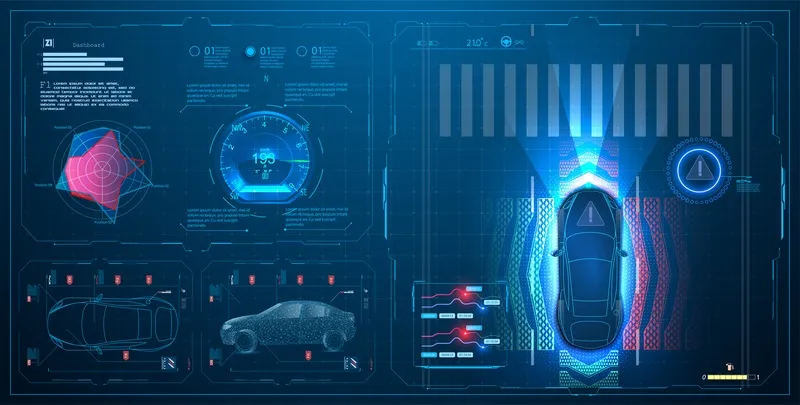Analysis from Research and Markets forecasts the global ADAS market to grow at a CAGR of 24.97 per cent over the period 2014-2019.
ADAS are systems that support, complement, or substitute the driver of a vehicle. They use radar and cameras to assist the drivers by providing real-time information about the surroundings. These systems help drivers to avoid collisions and accidents. OEMs are focusing on adopting advanced safety features such as ADAS because of growing government regulations focused on the s
June 8, 2015
Read time: 2 mins
Analysis from 7527 Research and Markets forecasts the global ADAS market to grow at a CAGR of 24.97 per cent over the period 2014-2019.
ADAS are systems that support, complement, or substitute the driver of a vehicle. They use radar and cameras to assist the drivers by providing real-time information about the surroundings. These systems help drivers to avoid collisions and accidents. OEMs are focusing on adopting advanced safety features such as ADAS because of growing government regulations focused on the safety of passengers and drivers.
The report segments the global ADAS market into seven categories: Tyre pressure monitoring system (TPMS), park assistance system (PAS), adaptive cruise control (ACC), blind spot detection (BSD), night vision system (NVS), lane departure warning system (LDWS), and others (including adaptive front lighting, drowsiness monitor, forward collision warning, head-up display, and driver monitoring systems). These are sets of methodologies and technologies that transform unstructured and structured data into meaningful and useful information processes.
Increased demand from the developing countries for night vision systems and blind spot detection in vehicles is one of the key trends being observed in this market. Improved economic conditions in these countries, growing safety concerns among consumers, and increased road accidents as a result of poor visibility at night, while changing lanes, or merging with traffic have increased the demand for ADAS.
According to the report, the growing concern among consumers about automobile safety has resulted in increased demand for ADAS. The demand for in-vehicle electronic devices such as cameras, radar systems, and sensors that are used to examine road conditions and help to avoid accidents has increased.
The report also states that the high cost of ADAS because of the implementation of expensive technologies and systems such as cameras, sensors and radar and the high maintenance cost associated with the proper functioning of these systems hinder their sales. This limits their usage to luxury vehicles.
ADAS are systems that support, complement, or substitute the driver of a vehicle. They use radar and cameras to assist the drivers by providing real-time information about the surroundings. These systems help drivers to avoid collisions and accidents. OEMs are focusing on adopting advanced safety features such as ADAS because of growing government regulations focused on the safety of passengers and drivers.
The report segments the global ADAS market into seven categories: Tyre pressure monitoring system (TPMS), park assistance system (PAS), adaptive cruise control (ACC), blind spot detection (BSD), night vision system (NVS), lane departure warning system (LDWS), and others (including adaptive front lighting, drowsiness monitor, forward collision warning, head-up display, and driver monitoring systems). These are sets of methodologies and technologies that transform unstructured and structured data into meaningful and useful information processes.
Increased demand from the developing countries for night vision systems and blind spot detection in vehicles is one of the key trends being observed in this market. Improved economic conditions in these countries, growing safety concerns among consumers, and increased road accidents as a result of poor visibility at night, while changing lanes, or merging with traffic have increased the demand for ADAS.
According to the report, the growing concern among consumers about automobile safety has resulted in increased demand for ADAS. The demand for in-vehicle electronic devices such as cameras, radar systems, and sensors that are used to examine road conditions and help to avoid accidents has increased.
The report also states that the high cost of ADAS because of the implementation of expensive technologies and systems such as cameras, sensors and radar and the high maintenance cost associated with the proper functioning of these systems hinder their sales. This limits their usage to luxury vehicles.









